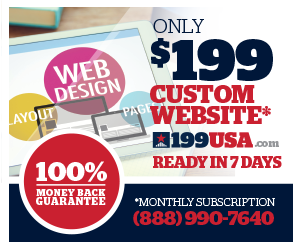Over its lifetime, Pinterest has changed from being a simple media-sharing website for niche markets to an extremely social photo and video bulletin board. What was once just a place with handicrafts and homemade gourmet recipes has now grown into a highly social venue for people to share a broader range of interests and things. And with the number of people sharing and collecting pins everyday, it is an untapped pool for brand exposure.
Here is the problem – many businesses want to access the mass users of Pinterest without figuring out how the platform works or if their brand fits in with the culture of Pinterest. It is not the same as Twitter where every brand is welcome. Businesses have to see if their products or services fit with the market of Pinterest before they can start pushing content. Here is how you can find out if you are right for Pinterest.
What are you offering?
The key thought about Pinterest is that it is a place to share “things”. Pinterest is all about the idea of visual content about interesting and tangible items. This is why it first gained popularity with people sharing pictures of their arts and crafts. From a business standpoint, this means that businesses that are business-to-consumer (B2C) see better success on Pinterest over business-to-business (B2B) brands that offer services. In Pinterest, users share pictures and short videos. If you have a service that does not provide a tangible and viewable output that can be represented by those kinds of content, say for example a business in financial loan or in music, then Pinterest might not be your best social media option.
Who is your target audience?
Like all social media, Pinterest has a certain type of user demographic that different businesses will appeal to more. 85% of Pinterest users are women, with 55% of these women aging from 18-54. So if you have a brand aimed towards this audience, Pinterest could definitely work for you. These women are also into finding creative and innovative solutions to their everyday problems or desires for improvement. If your product can solve these problems for their demographic, then start strategizing your Pinterest presence.
What kind of content can you give?
Quality images and videos run the entire website, so it’s very important that you have strong creatives who can make exceptional content consistently. Remember that high-quality images, regardless of content, will always be shared more than a low-resolution image. These type of images work best along with other content that focus on high quality visuals such as infographics or even “instructographics.” Images that do best are Pinterest are bright, clean and have creative text overlay describing the image. Look through the top pins on Pinterest to see what images are the most popular.
Quality is not the only consideration. The content behind the image has to be as strong as the image itself. The content must be either extremely helpful or extremely inspirational. People get on Pinterest to change their lives or make things easier. Your content must help answer these problems, providing innovation and solutions.
Pinterest isn’t for every brand or business. It’s a specialized platform with an arguably smaller following than the other giant social networks due to the specialized interests of its users. But if you have a brand aligned with its users and have the content to share, you may find out that it can boost your online reputation significantly.

